Like chunky milk, conditions in the cafeteria are hard to swallow. It is well known that the food served at Franklin Learning Center’s cafeteria is not enjoyed by everyone. According to the School District of Philadelphia’s Wellness Policy, school lunches should be “appealing and attractive to students” and “be served in clean and pleasant settings.” Yet, some students would rather battle through the day on an empty stomach instead of eating the cafeteria lunch.
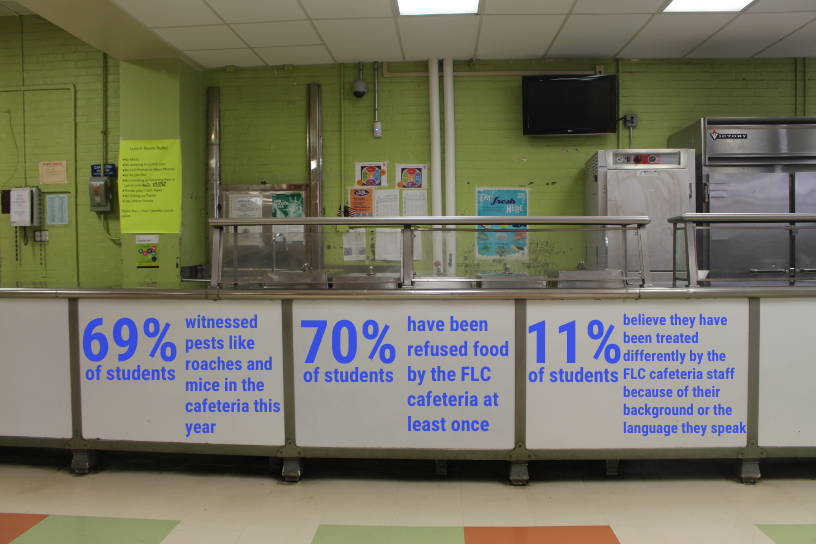
It’s come to light that the miscommunication plaguing the cafeteria’s operations is responsible for an environment leaving students at risk. The concerns come in different forms—the space, the food, the staff, and the students—and all parties are partially to blame.
It has often been said that there is no such thing as a free lunch and nowhere is that more true than in the School District of Philadelphia’s department of Food Services. It takes the collective effort of nearly 1,000 employees to make sure that schools in our district are providing free and reduced price lunches for their students.
One role crucial to this process is taken on by Amy Virus, the district’s Manager of Administrative and Support Services in the division of Food Services at 440 N. Broad St. Below her are field supervisors who each run a region of schools. Field supervisors then oversee the 916 cafeteria staff members in the School District.
Some of those 916 staff members call the FLC cafeteria home. Joanne Cifelli has been the Kitchen Manager since 2001 and runs the show with a cook, a utility worker, and food service assistants. But with four lunch periods and roughly 900 students, a range of issues can crop up on any given day in the school cafeteria. General overcrowding, an unpopular menu, spoiled milk, pests, discrimination, and a failure to serve food to the students; all these issues have convinced us that FLC’s cafeteria is a hazard to the health of its students.
Overcrowding
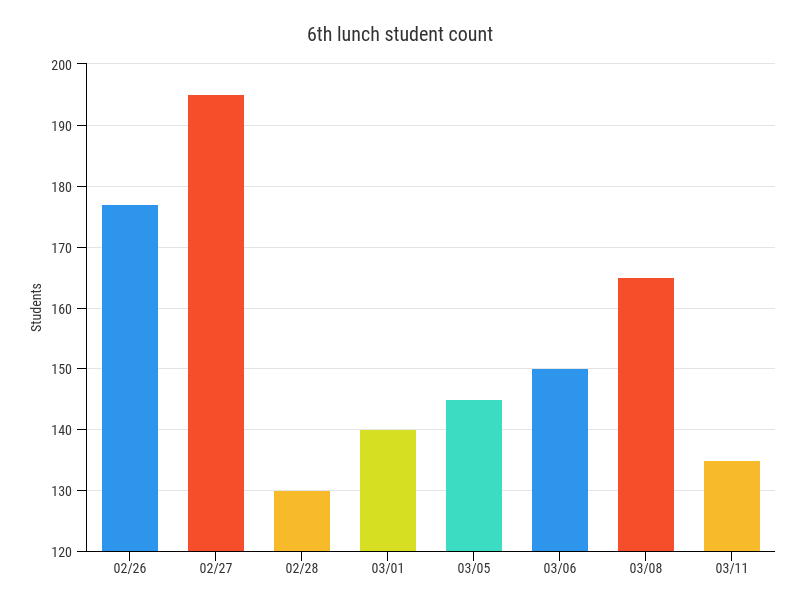
In the FLC cafeteria, there can be up to 232 people present at once. Any more than this and it would violate the International Building Code. The cafeteria serves an average of about 100 lunches each period, but the cafeteria environment is continuously crowded with students who are not eating lunch.
Principal Nicole Lee acknowledges the problem too: “It feels claustrophobic in that cafeteria.” Some of the problem is just in the numbers. Lee says, “If you really do your math, we have 900 students and 4 lunches—the math doesn’t really add up too well.”
Some students opt to stand in the hallway, rather than squeeze into one of the 23 ten-seated tables in the room. Still, others head to the library or spend the lunch period walking the halls and evading hall monitors.
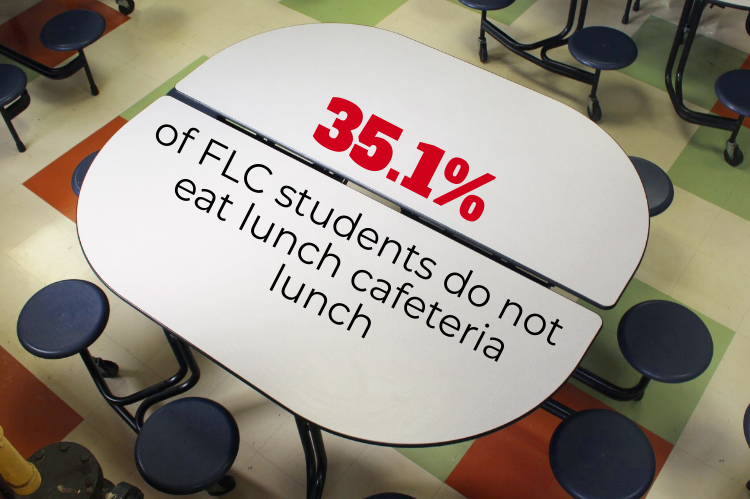
A recent survey of 225 FLC students revealed that 35% don’t eat the school lunch even once a week. 71% say the crowdedness of the space is a reason they have chosen not to go to lunch.
Some days are more claustrophobic than others. The number of students going into the lunchroom each day relies on the food that is being served. Cifelli says that the most popular food options served at the cafeteria are tacos, cheesesteaks, chicken nuggets, and fries. On February 27th, chicken nuggets and fries brought in a total of 195 students during 6th lunch. Anticipating the rise and fall of lunch attendance is a difficult job and mistakes here can lead to worse problems later. With each challenge rising from the cafeteria, staff members are tasked to respond before the situation escalates.
Staff
Behind every school district cafeteria, there are hardworking individuals who cook and prepare the meals that hundreds of students consume on a daily basis. The kitchen manager, the cook, line workers, and utility person all lend a hand in running the cafeteria. Among their many responsibilities are preparing the food, serving the lines, and cleaning up between lunch periods. Sherry Jackson, a cafeteria worker at FLC, has worked in the School District for thirty-two years and at FLC since 2010. From her personal experience, she expressed that students are sometimes disrespectful towards cafeteria workers, “maybe saying a little thing and then they’ll walk off.” But to her, the only major problem in the cafeteria is when a worker suddenly cannot make it to work and everyone else has to find a solution to the last-minute cancellation. She concludes by saying that “if everyone does their part,” it makes the job easier.
Meanwhile, kitchen manager Joanne Cifelli believes that the problems in the cafeteria come from a range of issues. Some fall under “personality differences between the workers,” a student’s behavior, or “the way deliveries come, or don’t come.” Cafeteria staff are in the middle: they are employees of the district but answer to food services, not the principal. They deal with student disputes below and missed orders above. But no matter what problem shows up, the FLC cafeteria staff are the faces of the cafeteria and are often the first to be blamed for it.
Pests
Pests in the cafeteria has been one issue that the staff has to deal with. The cafeteria should be the cleanest space in the entire school due to the fact that food is cooked, served, and eaten by students there on a daily basis. To think that there is a roach crawling underneath their seat is revolting. Even the thought of it can make one’s stomach turn. For ten months straight, there shouldn’t be any bugs lying around, ready to pounce on someone’s hamburger or fries.
This is not a rare occurrence, though. 69.8% of 225 students have witnessed pests like mice and roaches in the cafeteria. In a way, students bond when talking about the many times they have seen roaches or mice in the cafeteria. A simple comment soon turns into a whole spectacle of laughter and communal complaining. Still, the fault can fall under this same group of people that report on the issue.
Students are not free from blame. Every time one of them fails to throw away leftover food or leaves food on a windowsill, they give pests a way to survive. The cafeteria workers have taken this into account already and are doing all they can to eliminate the pests.
“Exterminators come in. We do the best we can,” explains Amy Virus at 440, “you shouldn’t see pests or mice or rodents or any of that in your cafeteria.”
The school-based cleaning staff, who report to the building engineer, have some responsibility in this, too. Virus shares that the cleaning is “a shared responsibility with the building engineer.”
Menu
Menu creation is a particularly complicated process, involving vender schedules, deliveries, and a central office that decides meals for all of the district’s schools. To the 44% of FLC students who rated the cafeteria’s meal variety as below average, it should be noted that the cafeteria staff have a limited say in what gets served.
The central office makes a single menu for all full-service high schools to pick from. Amy Virus in the office has a staff of six who “do the work that we need to order the food and get it delivered to the schools. I also have a menu planner—a dietician—who oversees that process.”
Joanne Cifelli, despite having no control over that menu, sees its effects in person: “I have about 400 students for lunch; all lunches combined. We are feeding half or little less than half for lunch. It kind of goes up and down and it does depend on what we are serving. When we have fries, we do a little better.”
As it stands, though, the cafeteria offers limited choice in food options. Virus thinks the solution to sporadic lunch attendance might be burritos, not fries.
“We know that the Chipotle model, where you can go in and get whatever toppings you want on top of different items works well because you can customize your food. I would love to be able to do that on our menu.”
She ends by saying, “When you look at the lunch menu, at the top you’ll see a Monday through Friday and that’s our rotation. It’s a grill, a pizza, a deli sandwich, or a salad, and then there’s a featured item each day. So, you should have five different entrees that you’re picking from when you walk through the line in the cafeteria. If you walk by there and there’s not five entrees available to you then that’s a problem. If you don’t see it, demand it and expect it.”
Food Quality
Besides the cramped space, the quality of food provided comes hand-in-hand with the poor conditions of the cafeteria. The Special Milk Program (SMP) provides milk to students, child care institutions, and eligible camps. They are reimbursed for the milk that they serve, must serve low-fat (1% milk) or fat-free milk, and must meet all state and local standards like contain vitamin C and D levels given by the Food and Drug Administration. According to researchers the ideal milk temperature should not be over forty-five degrees. For instance, the milk served is the one thing that many students complain about. 55.1% of 225 students responded to received milk or food that was past its expiration date. The Flash conducted a week long experiment that measured the temperatures of the milk. It was found that six out of seven times the milk was below forty-five degrees. However, on March 8th, during breakfast and 6th lunch the milk was fifty degrees. This is unsafe and unprofessional due to the fact that it could lead to food poisoning, and foodborne illness for any student that decides to drink the milk. Sherry Jackson, a cafeteria worker at FLC, states that there have been multiple times when students come up and explain the poor condition of the milk. “We’ll report it to the manager let her know about the milk.” It is crucial that there is never a moment where the milk is over forty-five degrees. The magic number is forty-five degrees and should stay that way at all times.
Food Shortages
Not only did they encounter spoiled milk in the cafeteria, but many FLC students have found themselves in a situation where entrees are not always available. 70% of the 225 students polled admitted that they’ve experienced a lack of lunch due to food running out by the time they reached the front of the line. Students headed to crowded lunches often compete the be the first out of their classes and into the cafeteria. If they aren’t, the student might have to spend the passing minutes on an empty stomach.
When hearing of this, Principal Lee expresses that “[food shortage] makes no sense to me. They should never run out of food.”
Regardless of their place in line, there should be enough food for students once they’re up front. Being refused lunch is embarrassing to students, and the uncertainty of whether they will receive food each day is one reason why many opt to stay upstairs and go without food.
The fault doesn’t necessarily fall on the cafeteria management alone. The fluctuating student numbers and ordering from central office require a combination of constant communication between FLC and 440, as well as some guesswork, in order to make sure there is enough food each day.
This miscommunication between the staff and those of higher positions can further lead to other issues. If there is even a small mistake or breakdown in communication, students will have to spend the day hungry. This is especially troubling in a school whose students are 100% eligible for free and reduced-price lunch. The students in this school and district suffer the effects of poverty more, on average, than students in neighboring districts. Since they have already been promised free lunch, it is a special kind of cruelty to fail to come through on that promise.
Students can’t begin to process information and think at the high level FLC students are known for until their basic needs are met. But more than being just a practical way that the school can help boost their performance, it is a moral obligation for FLC to keep its students fed.
Discrimination
Moreover, with the number of students attending FLC, diversity can be easily recognized in the school. We have students from all over the world, spanning the Americas, Asia, Europe and Africa. We shouldn’t be surprised that not everyone has the same ethnic background or language. When asked if their ethnicity or language contributed to their treatment in the lunch line, 11% out of the 225 students surveyed said that they have been treated differently than other students by cafeteria workers.
Lee expresses that she was “happy to see that [the response] was lower than [she] thought it would be”, but admits that “it still needs to be addressed.” She is absolutely right. This is an issue that will end only when addressed seriously. The students aren’t going anywhere and as a community, we have to respect and understand each other no matter where we come from.
Conclusion
Having all this in mind, is the cafeteria too far gone to be saved? No, not all hope is lost. There are many solutions that can bring about the revival of our cafeteria. Frequent check ups and training between the staff and management will prevent issues that students and management find in the cafeteria. The only way to solve the problem is to let the people in authority know about what is happening. Students have the ability to make changes. They can make their voices heard by going to the School District of Philadelphia website and contacting the Food Services department. All that needs to be done is filling out the “Contact Us” form and they will go investigate. Amy Virus says that they have already received a number of emails from students who face problems in their school cafeteria.
Both the the employees at the School District of Philadelphia’s department of Food Services and the FLC cafeteria staff say they want what’s best for students. Virus concludes by saying that they want the food to look “appealing”. That way, the food provided actually gets consumed.
Students should feel confident that their food is both delicious and appetizing. By creating an atmosphere that not only serves quality food, but is also clean and spacious, students are sure to enjoy their thirty-minute-meal experience.

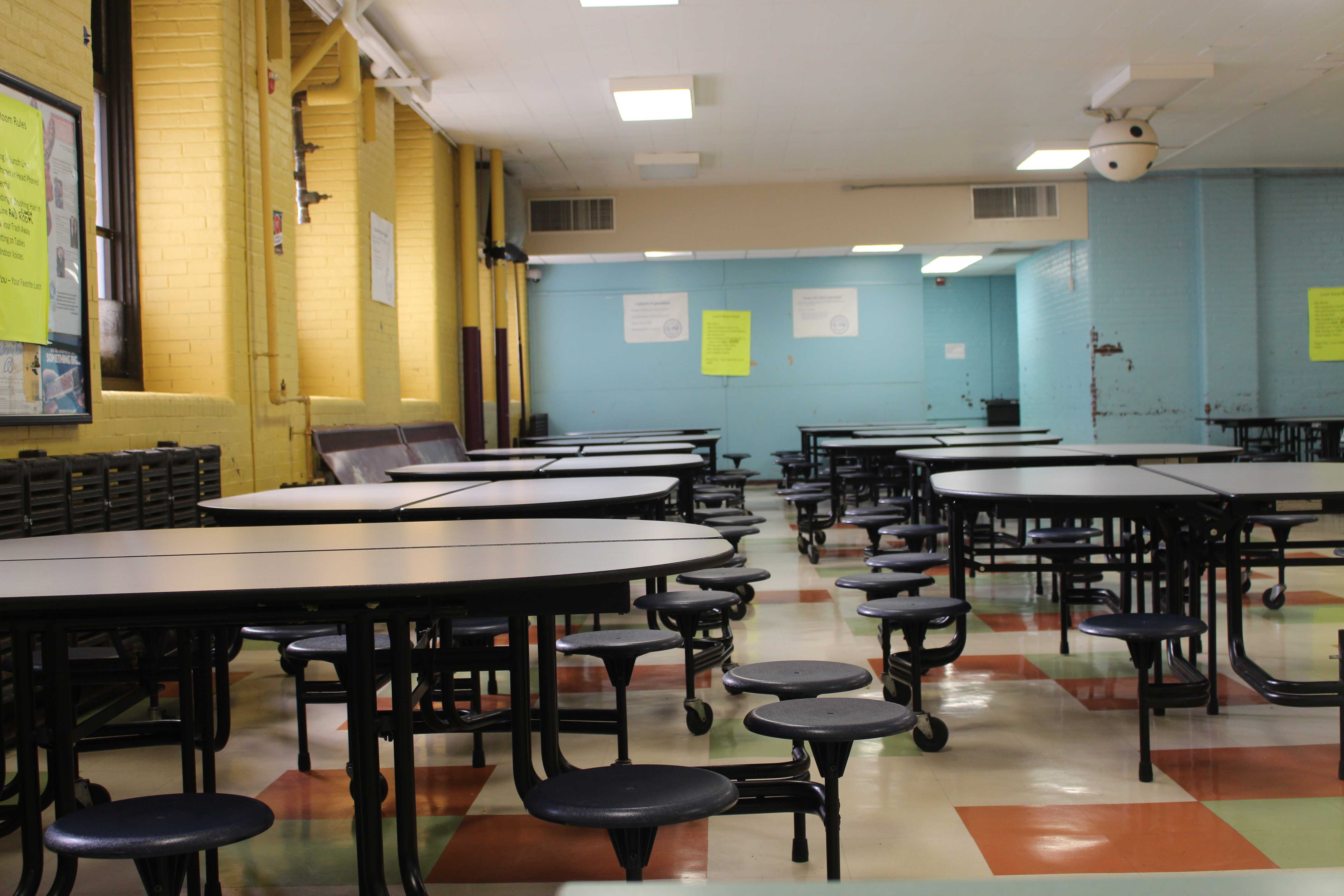


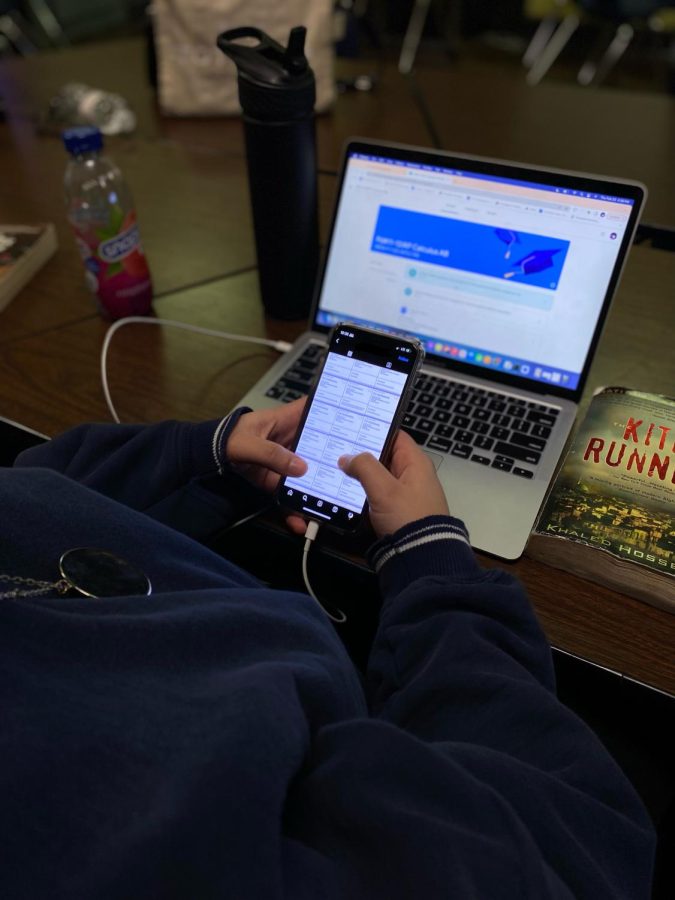
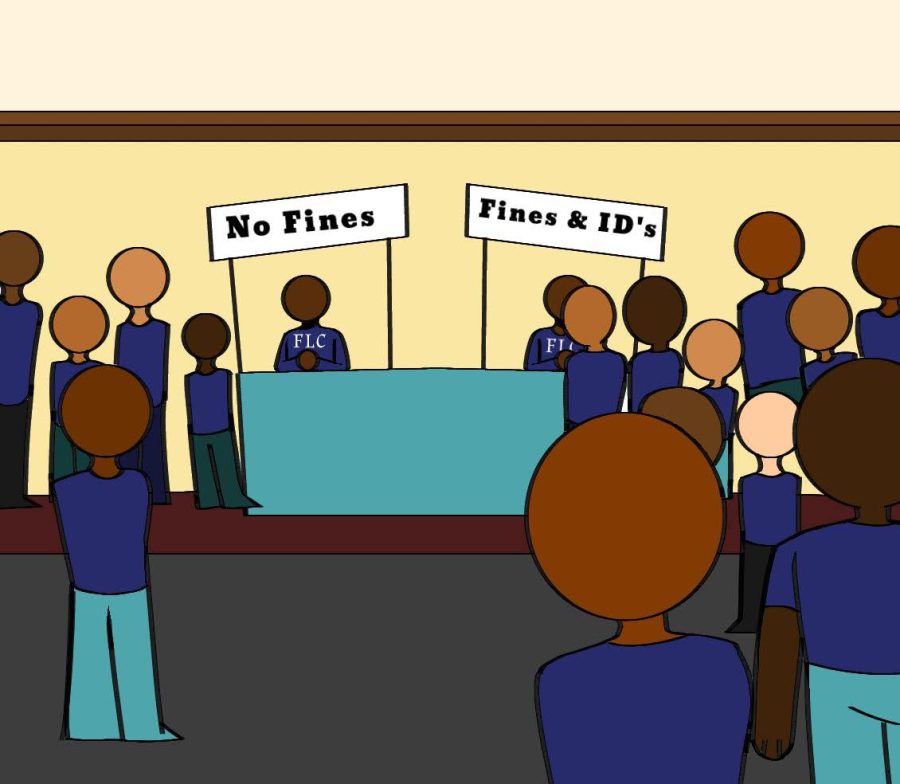
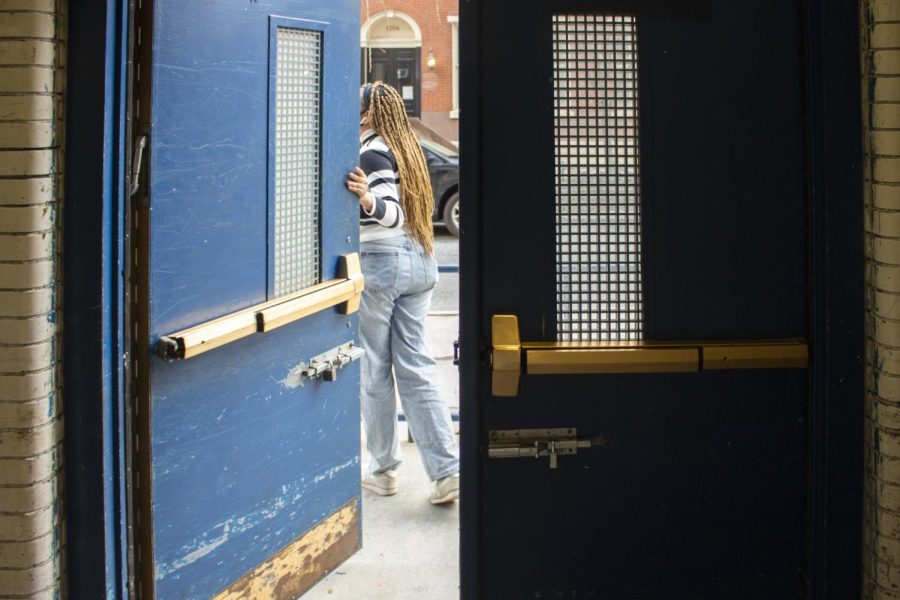
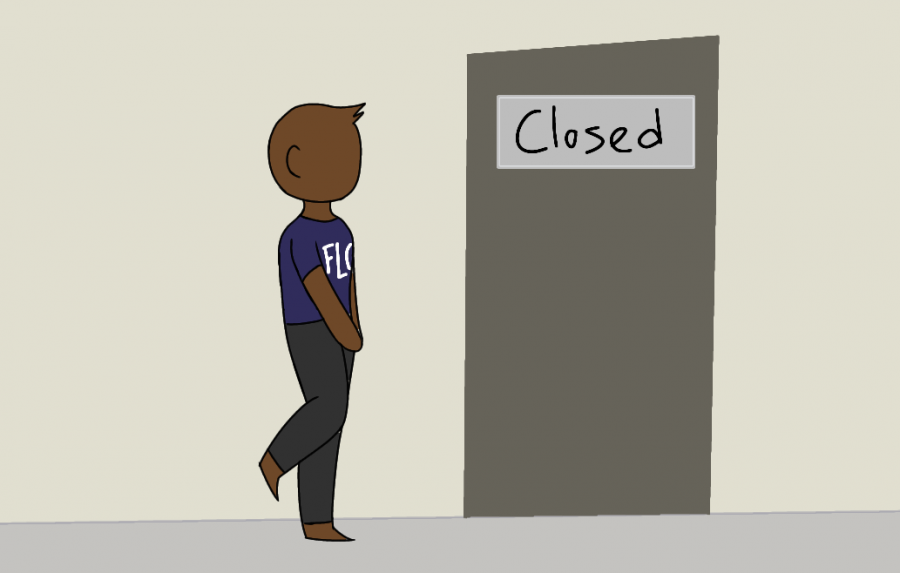

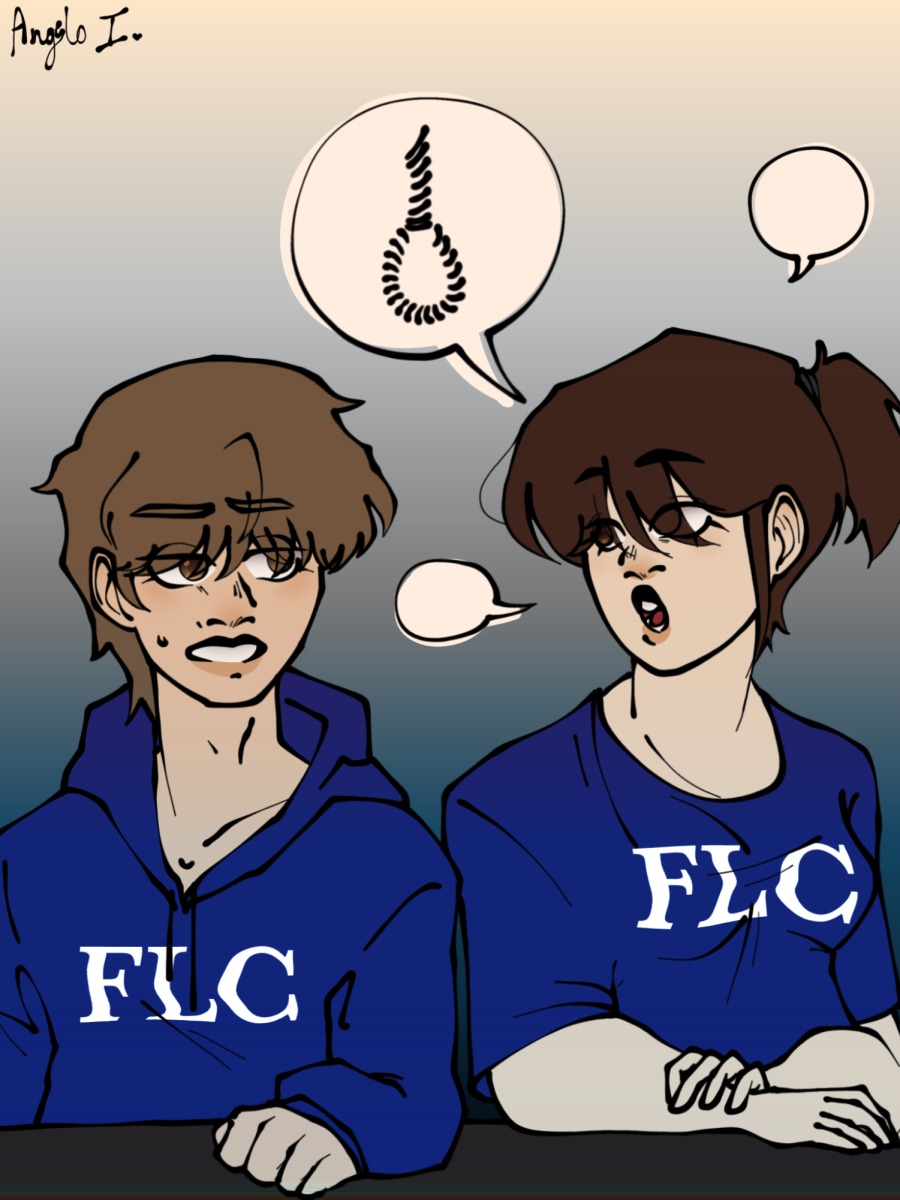
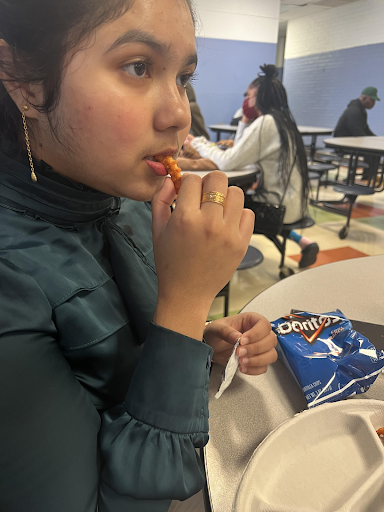
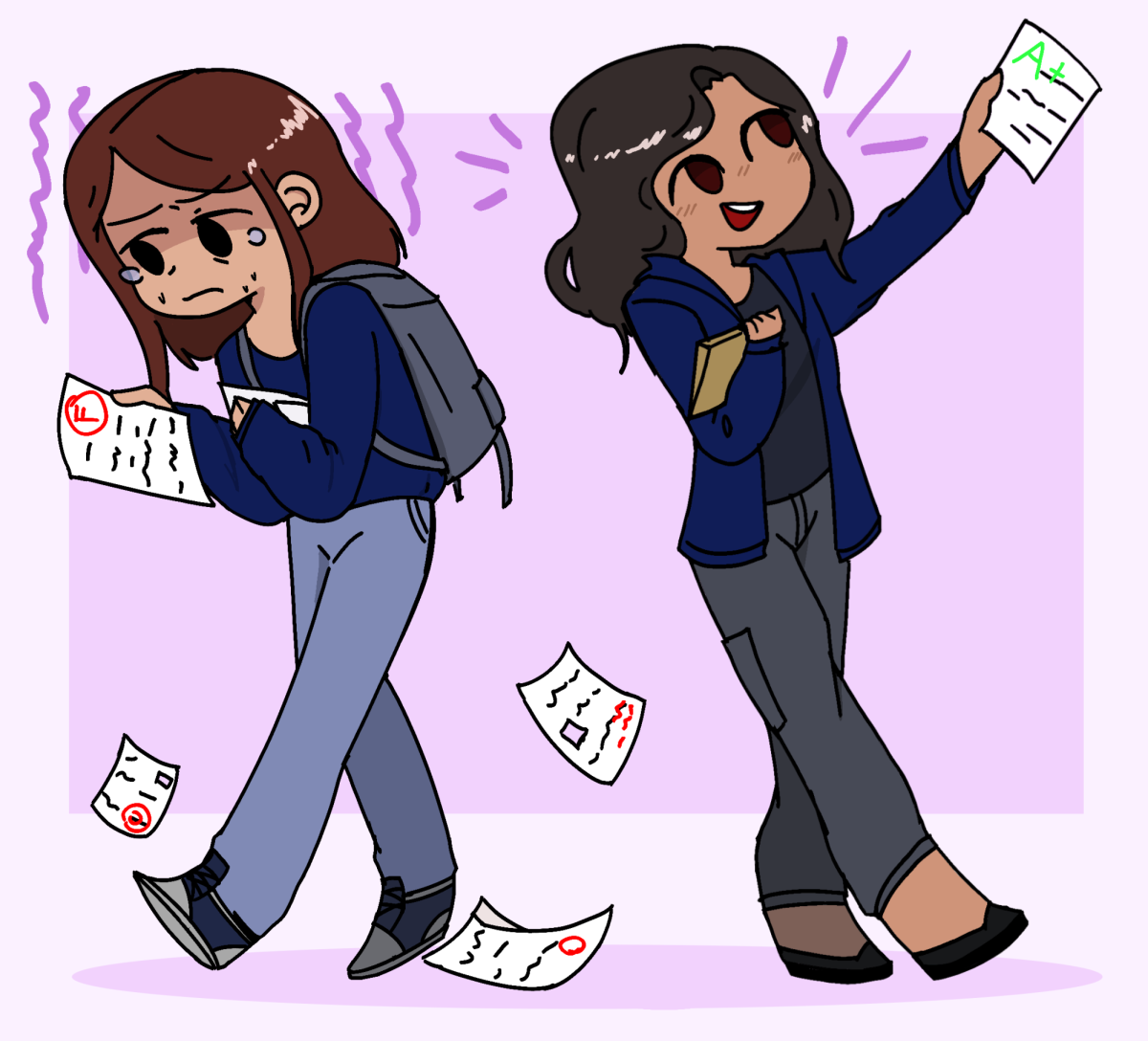
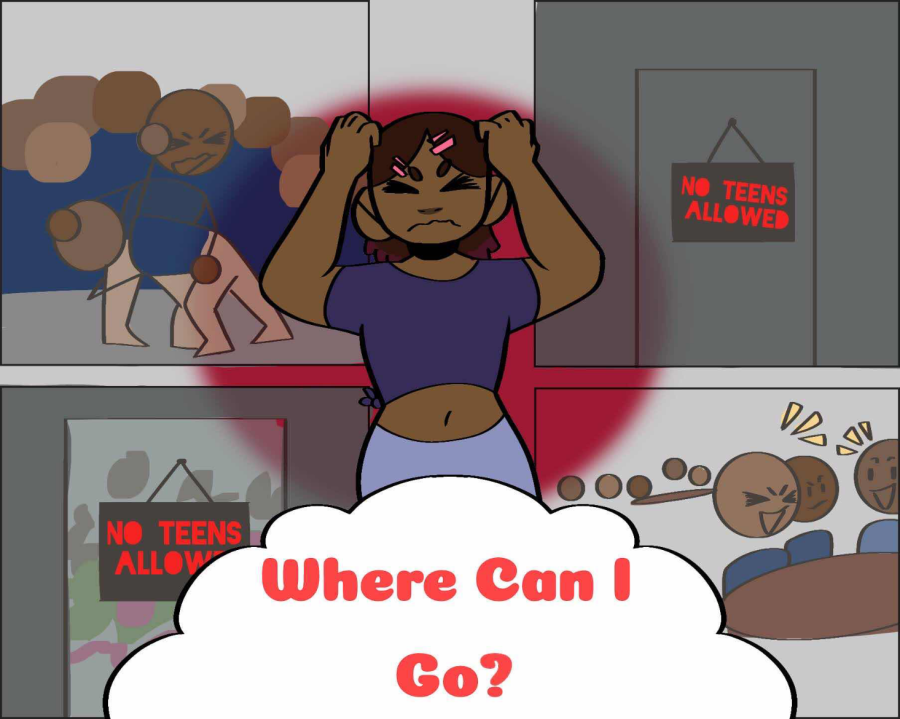
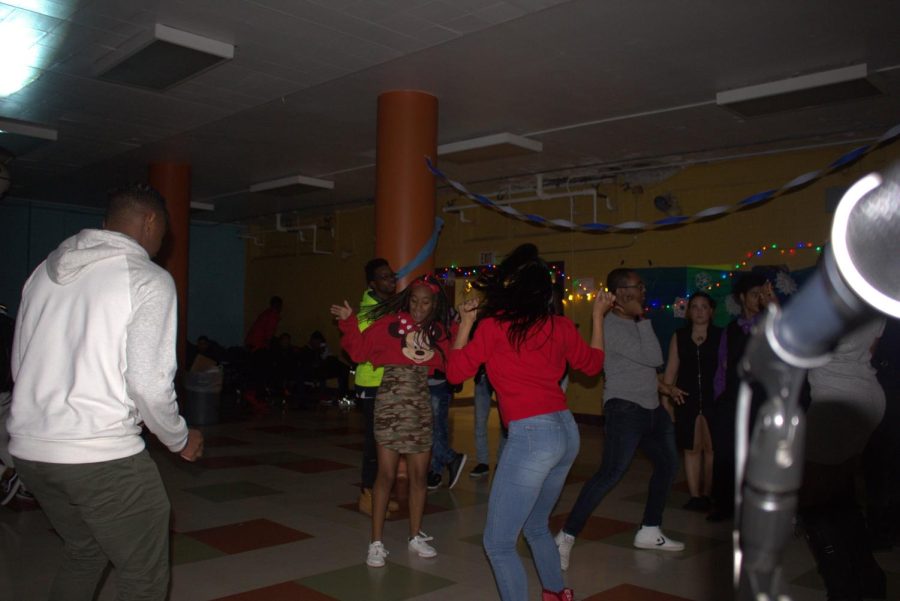
Alex Fernandez • Feb 6, 2023 at 12:50 am
I was a former student here and this is exactly the kind of piece I wanted to write when I served as Ombudsman of the school newspaper in my senior year. However I wanted to write the piece from the prospective of a food service worker (I’m a chef now) so I thoroughly enjoyed reading this. It was very well detailed and I can tell you definitely did your homework.
You should be proud of this in a major way and I feel like you most definitely are congrats and cheers to you! My graduating year was 2018 and even now all of these points you write about are still very much relevant to this day. I enjoy cooking but writing entertainment pieces for the school paper was very refreshing and rewarding I felt like an activist. Print gave me a “voice” and yours reads loud and true with respect in the facts so kudos to you once again!!
Chris s. • Feb 14, 2020 at 3:57 pm
I like how the article brought out issues of the cafeteria and the view points of the staff. They did good research that are reliable and true. Even though these problems are brought up, they still exist during the 19-20 school year.